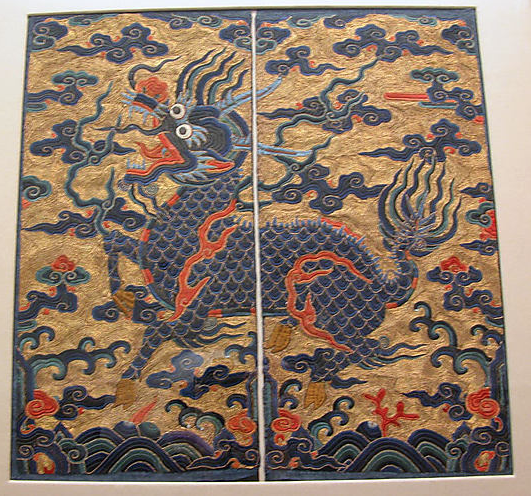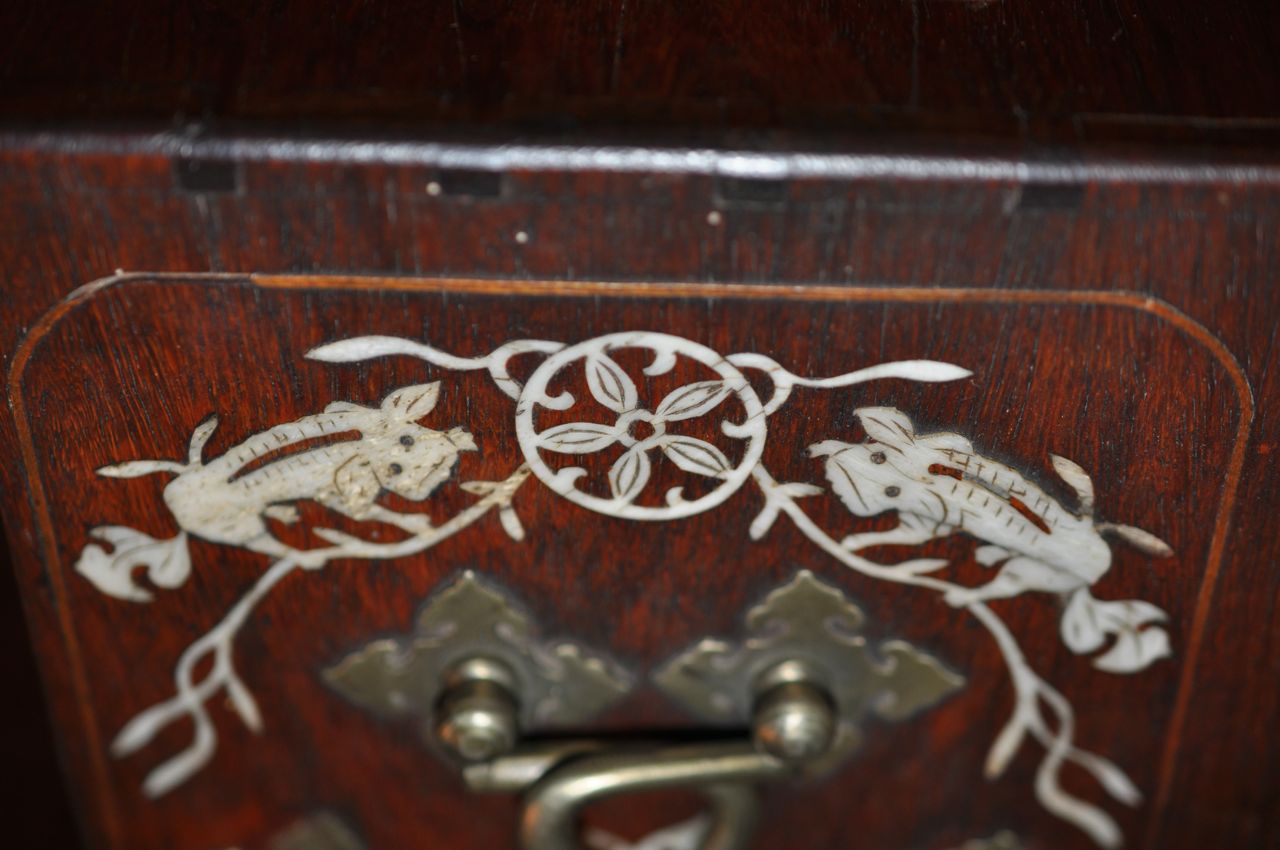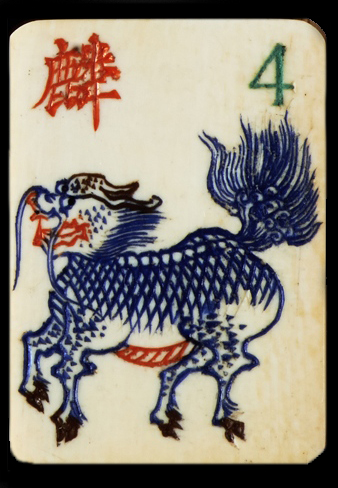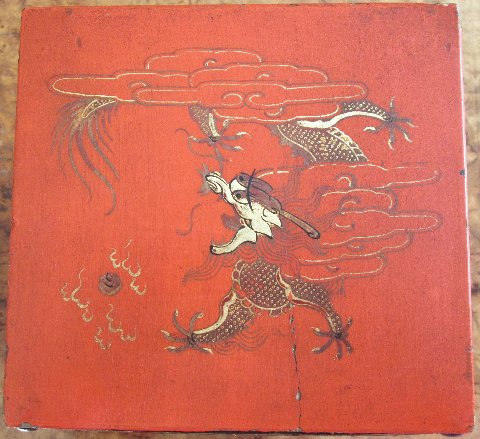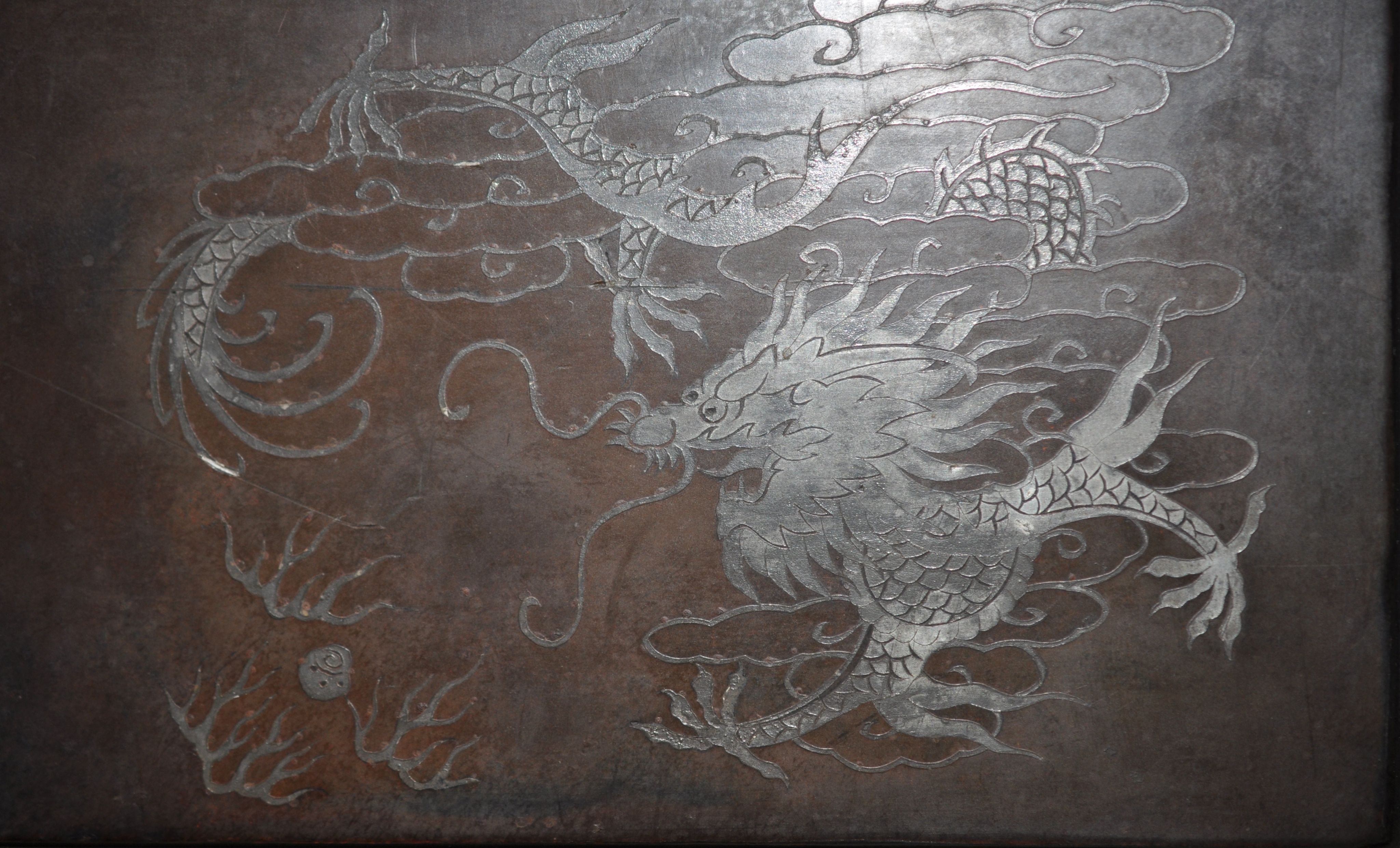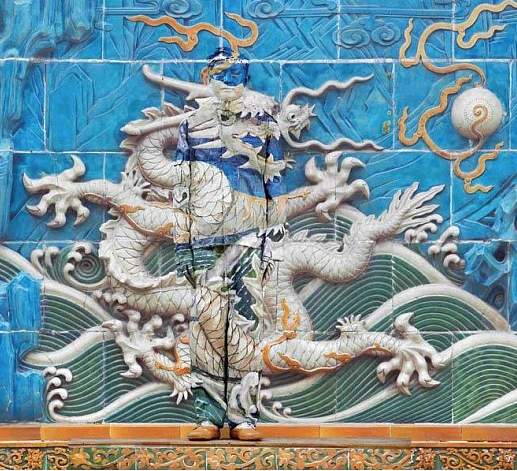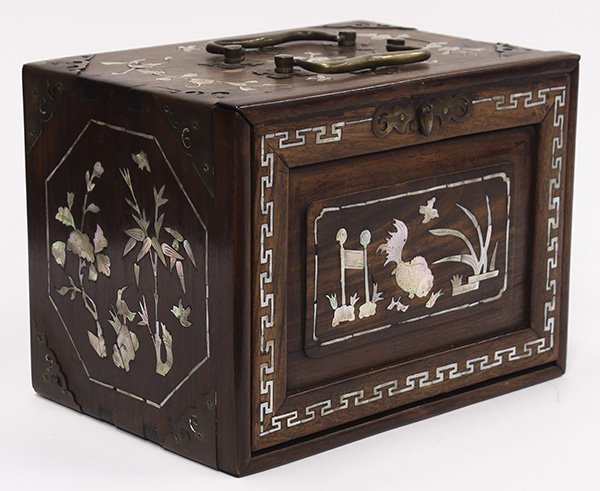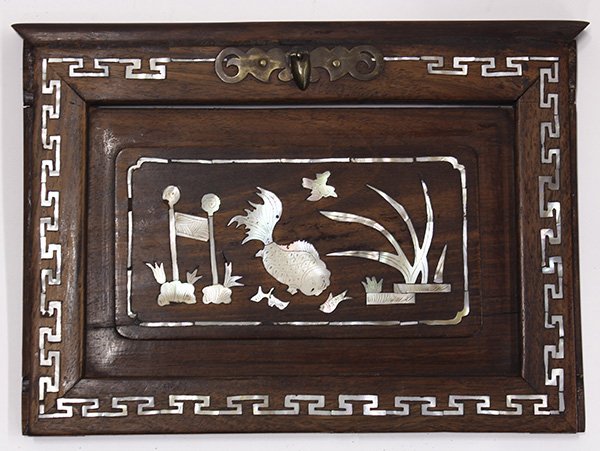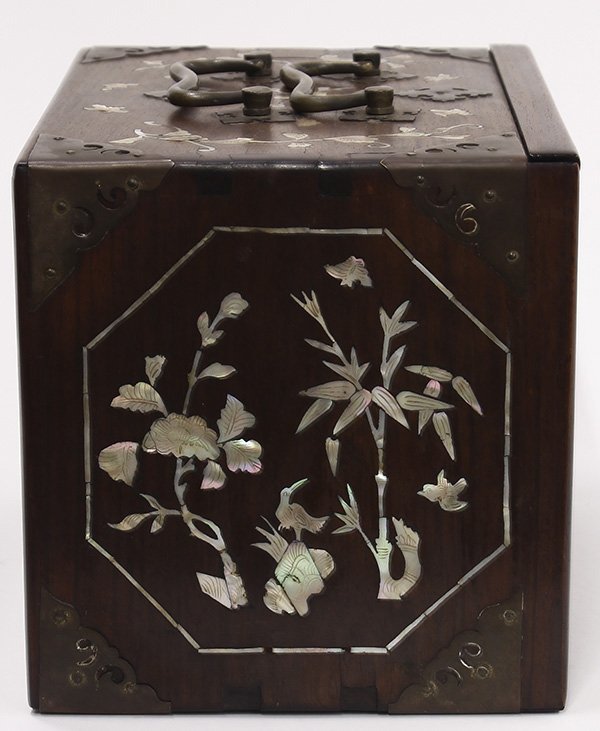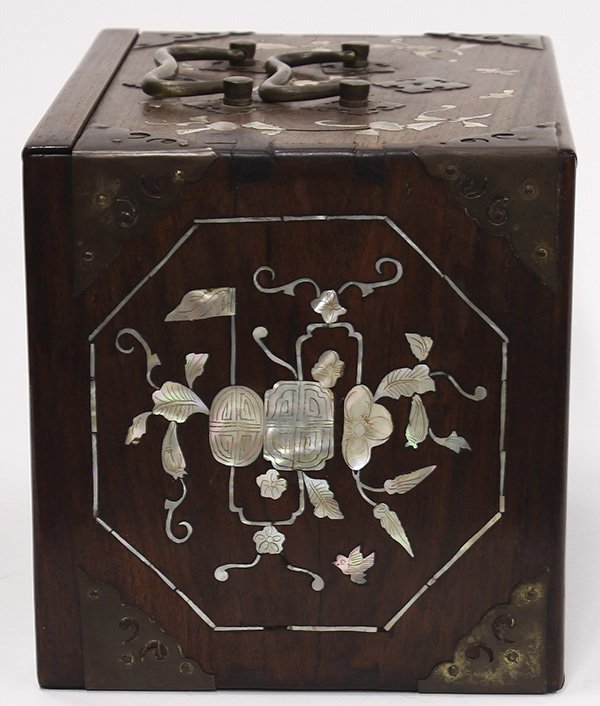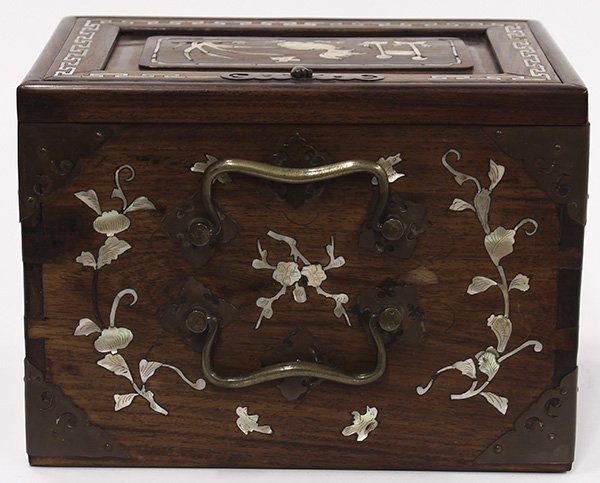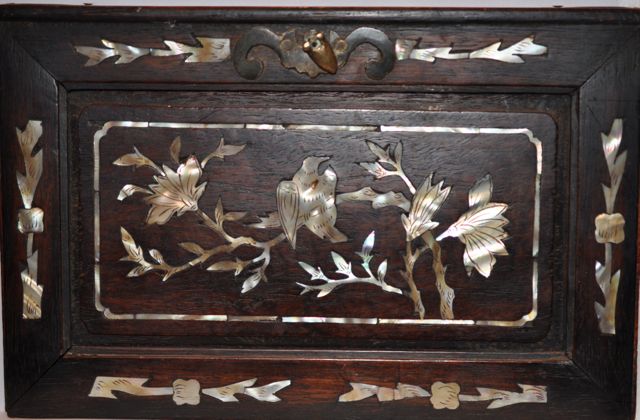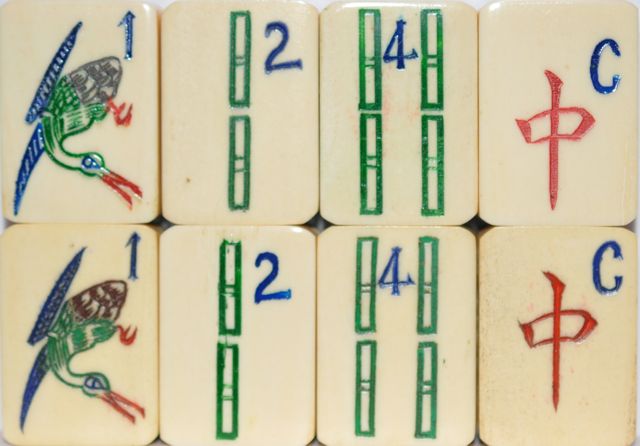Often we see creatures and we have a hard time identifying them; they just don't seem to be any type of animal we are familiar with. One such creature is seen above, a qilin on an official's badge from the Qing Dynasty in the collection of the Metropolitan Museum. Because it is horned, it is sometimes referred to as a unicorn.
Welch writes
"The Chinese mythical animal known in Chinese as the qilin is sometimes erroneously referred to as the "Chinese unicorn" or even a chimera (although this is a specific Greek mythological animal with a lion's head, goat's body and serpent's tail) The qilin is not a unicorn as it has two horns and can be identified by its green (or blue) scaled deer's body (which has become more horse-shaped over time) dragon's head, horn and hooves...(and) bushy tail."
We can certainly see the scales, and the hooves on the creature above, as well as the prominent horns. The background shows some ruyi shaped clouds, waves and flames.
According to Welch
"Mythical animals usually have flames surrounding or emanating from their legs to emphasize their powerful and supernatural nature."
The qilin is a benevolent creature, and represents many positive attributes. And qilin sightings are rare, as can be seen by this post.
Qilin appear in Mahjong as well but they might be hidden. We don't have any records or write-ups by the craftsmen who made these works of art, so we really won't know for sure what they are. Sometimes we just have to guess. We'll start with the biggest stretch as to what creature we are seeing.
Above we have a detail of two creatures made of inlaid bone on a Mahjong box. We don't know if they are qilin, but they might be. Behind their ears you can make out another protrusion which may well be a horn. They each have a very bushy tail, just like the one we see on the qilin. If they are a qilin, they certainly are very benevolent.
Above is a detail of a leather embossed Mahjong box. At first I thought that if you looked carefully, you would be able to make out two qilin, on either side of a globe, with flames surrounding them, a scene not unlike the one we just saw on the inlaid box. But a sharp-eyed reader told me these probably are lions, because he was able to see the five toes on their feet! So no qilin here.
But we do have a qilin on another set, actually called the Qilin Mahjong set:
Many of you have probably seen this advertised. You can see the qilin proudly strutting, his bushy tail up and his hooves. I won't make that mistake again! He is surrounded by round ruyi shaped clouds.
Here follows a real treat: an ivory Mahjong tile qilin:
Isn't he fabulous? It is interesting how the crosshatching of the ivory works well with the scales on the qilin.
Our thanks to mahjongmahjong for the use of their tile.
The book I wrote with Ann Israel is being published by Tuttle. To see more about it:
www.mahjonggtheartof thegame.com
To order it click here:
http://www.barnesandnoble.com/w/mah-jongg-ann-israel/1118759459?ean=9784805313237
or here from Amazon
http://www.amazon.com/Mah-Jongg-Collectors-Guide-Tiles/dp/4805313234/ref=sr_1_7?ie=UTF8&qid=1414844427&sr=8-7&keywords=mah+jongg

